Knitting is one of the oldest methods of making clothes. It involves continuously interlinking or knotting series of loops of yarn. Every knitting project requires specific yarn, but choosing the right one can easily become an overwhelming task, especially if you are new to the world of knitting. Understanding yarn weight can make your knitting experience much easier and more fun.
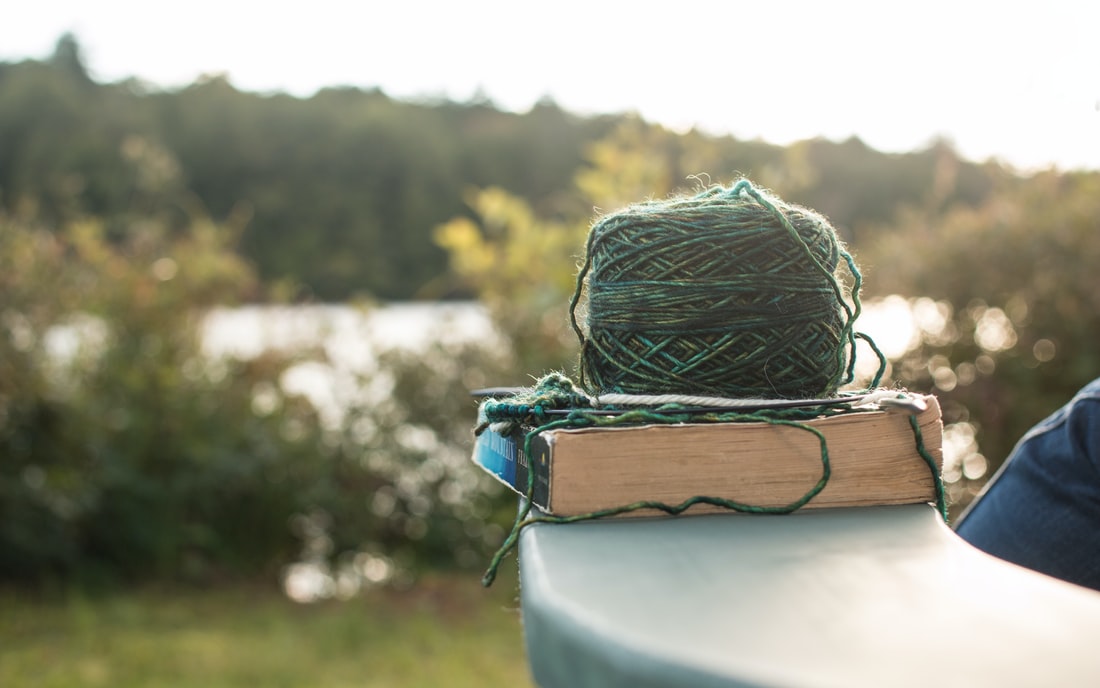
Yarn weight refers to the thickness of the yarn strand and it can have the most significant effect on your project’s final look. A heavier yarn is a good choice for thicker, bulkier projects, while a finer weight is ideal for lightweight clothing pieces. Worsted weight yarn is the most widely available weight of yarn as it is great for knitters of all skill levels. Aran weight yarn is also a popular choice because of its versatility due to its medium weight.
Aran yarn is known as well as heavy worsted yarn or because it’s thicker and heavier than worsted yarn. Sometimes you can see patterns that use Aran and worsted interchangeably, noting that you can use Aran worsted weight yarn. It comes in many amazing colours and with this weight of yarn, the stitch definition is clear and prominent.
Why Choose Worsted Weight Yarn?
Worsted weight yarn is considered the perfect yarn for knitters and crocheters. It’s very popular thanks to its medium weight and thickness, it’s easy to work with and knits up quickly without much bulk. You can choose Aran worsted weight yarn for almost any knitting project on your mind, especially for beginners’ projects as it is an excellent choice when you are just starting.
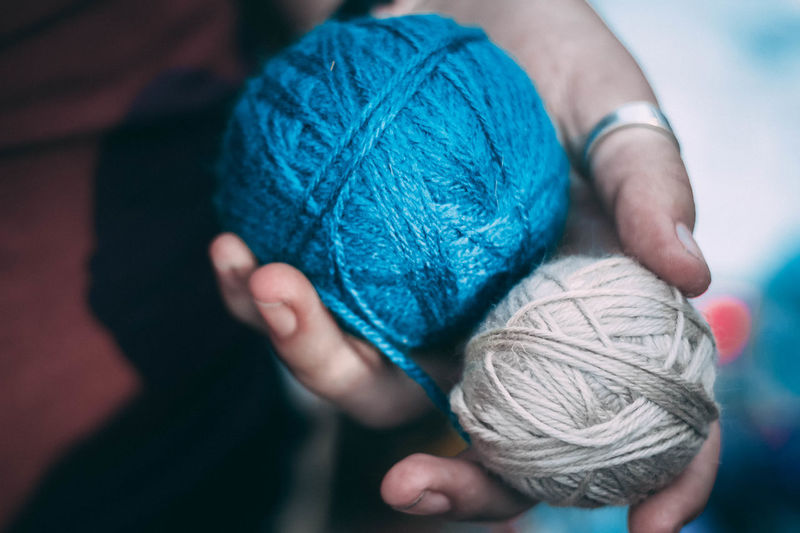
It’s thicker than laceweight, fingering or superfine, double knitting, baby, sport yarn or 8ply yarn and thinner than super chunky or 12ply yarn weights and bulky weight yarn. Very often, worsted weight yarn is used by knitters to test new techniques or stitches as the beauty of this yarn is in the way it shows stitch definitions.
This popular yarn can be used for a variety of knitting projects, including sweaters, scarves, cardigans, mittens, gloves, baby blankets and baby items, home decors such as cushion covers, throws and more. Worsted weight yarns are usually made of cotton or cotton/synthetic blends, wool or wool/synthetic combinations, alpaca and acrylic.
Worsted weight yarn is a go-to yarn for many knitters, it’s not too light or too heavy and is an excellent choice for colourwork knitting. It’s a versatile and durable medium weight yarn and many knitting kits and patterns are available using this yarn.
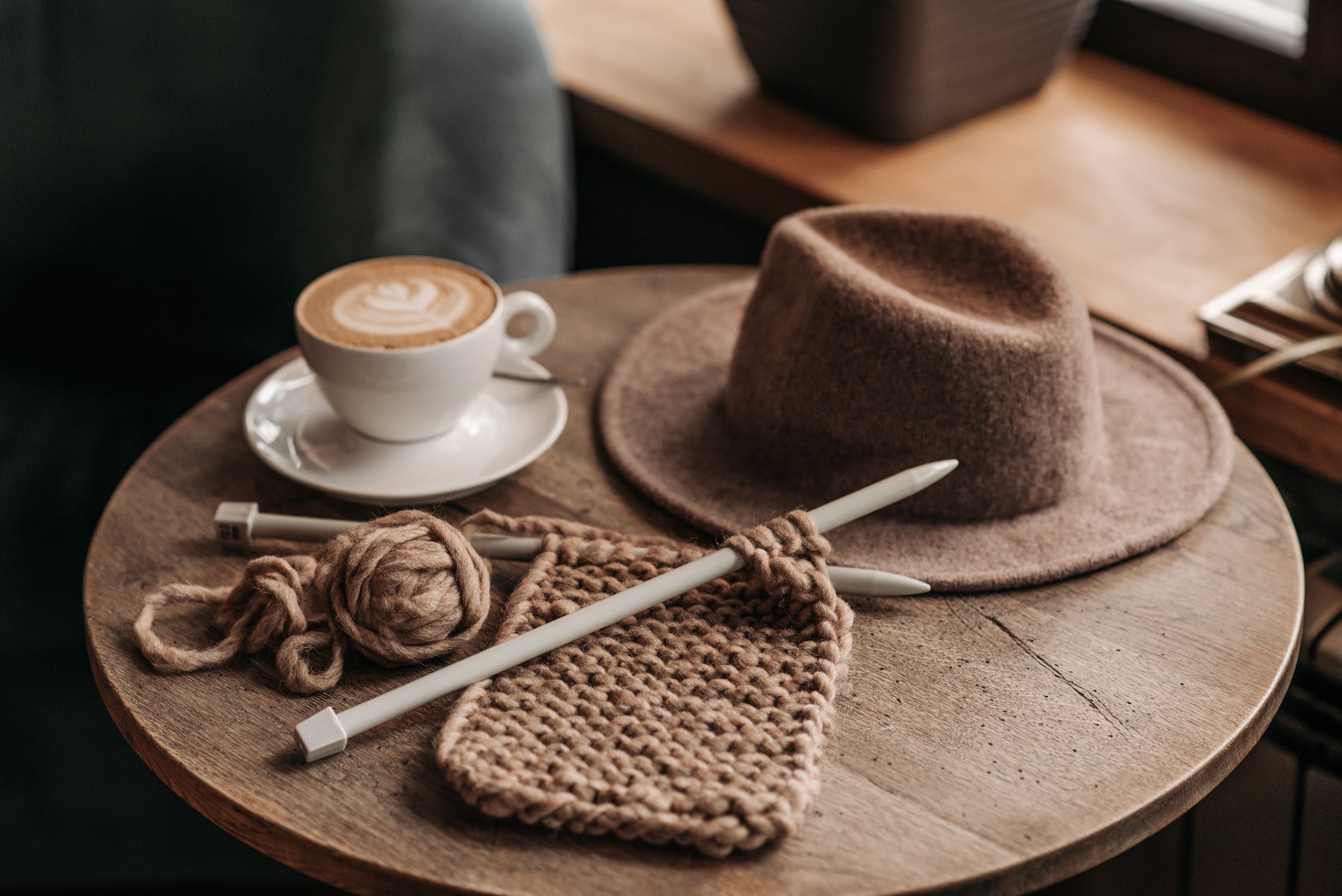
Is Aran Weight Yarn the Same as Worsted Weight Yarn?
Aran weight yarn and worsted weight yarn are often used interchangeably, but they are not the same. Aran weight yarn is thicker than double knit yarns and more rigid and more robust as well. It’s usually heavier than worsted yarn, which is more delicate.
So, if you want to work with a heavier yarn that looks delicate, Aran weight yarn is your perfect choice. Worsted weight yarn calls for 4.5mm UK needles and hook, while Aran weight yarn calls for 5mm UK needles size. Both Aran and worsted weight yarns can have varying weights, from light to medium.
But keep in mind that the fabric that Aran weight yarn will produce will be medium to heavy-weight. It may not be ideal for creating lightweight garments for the hot summer days. Some Aran yarns can be thinner and closer to worsted weight yarns or heavier and more comparable to bulky weight. Very often, retailers don’t distinguish between Aran and worsted yarns and don’t stock them separately, so you may need to make a gauge swatch to determine how heavy a specific yarn is.
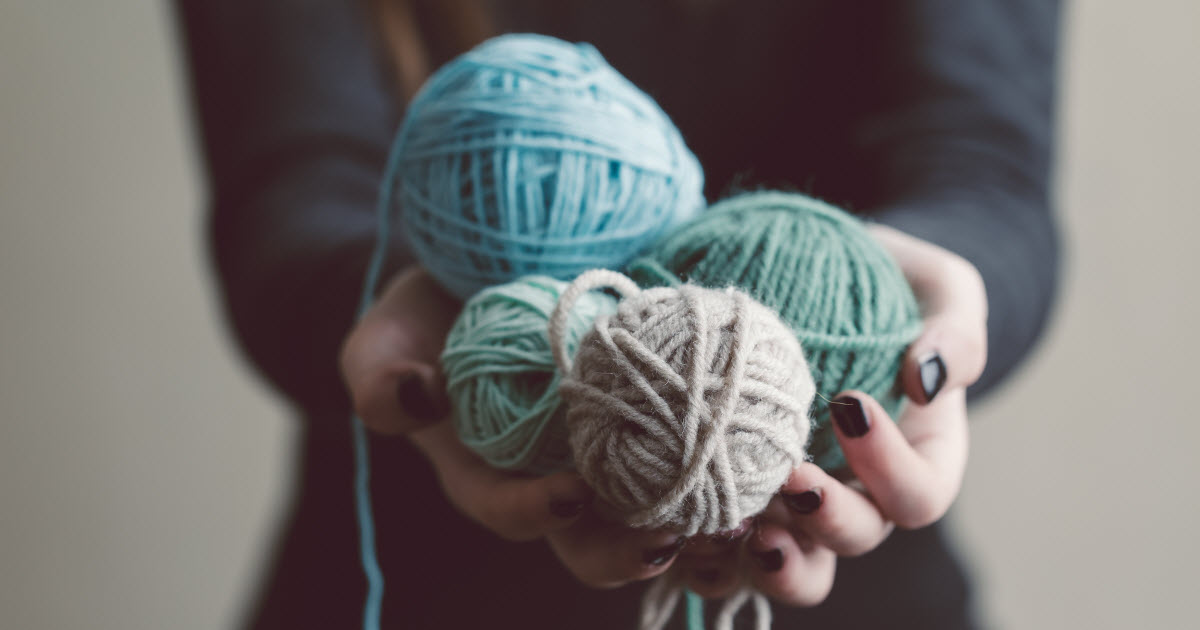
Tips on How to Substitute Yarn Weights
Learning how to substitute yarns is one of the most important skills every knitter needs. It is not difficult, though it can be a bit challenging if you haven’t done it before. You need information about your pattern’s yarn first, like its gauge, for instance. But if your pattern doesn’t show the gauge, then you need to know the yarn’s weight. It can help you narrow down your search for a substitute yarn, so you can make the right choice and select the yarn that will work well with your project.
Once you know the yarn weight and gauge, you can start looking for a substitute yarn.
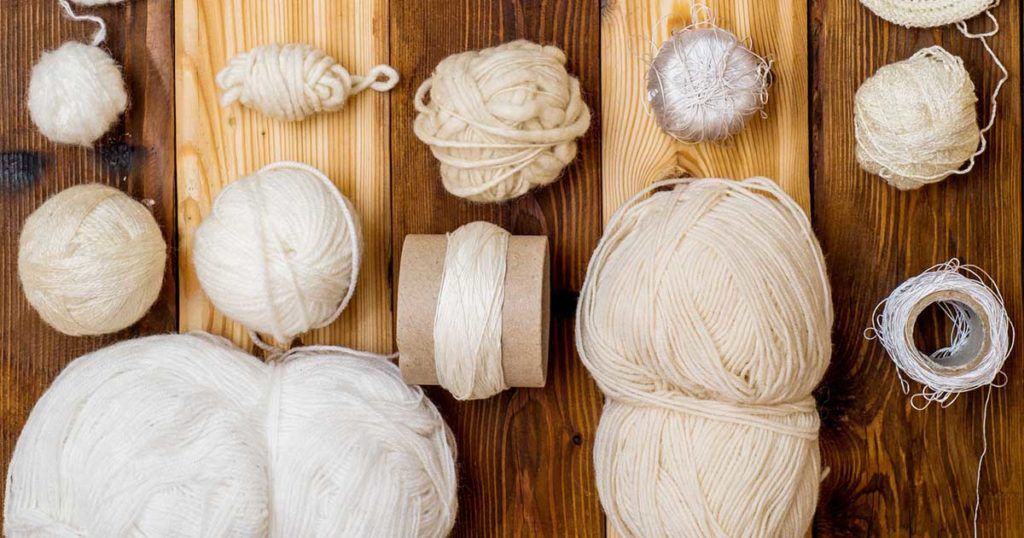
Keep in mind that companies use different needle sizes that can significantly affect the gauge, so it’s unlikely that you will find a substitute yarn that perfectly matches your pattern’s yarn. Avoid choosing yarns that relatively match the gauge.
When you have found your perfect substitute yarn, it’s time to decide how much you need to buy. Look for the yardage measure, weight or the number of skeins you need in the original pattern and you can realise how much of the new yarn you need.
In the end, remember to take your time to make a gauge swatch before starting your project. When making your swatch, it’s important to use the appropriate yarn and knitting needles or crochet hooks if you want to create a more accurate swatch. Swatches are vital in knitting or crocheting and can help you get the perfect final project.
